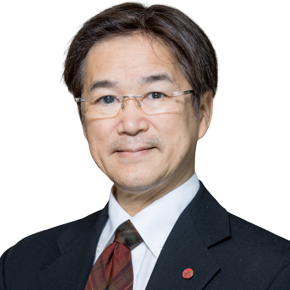In January 2022, a change in income tax on retirement income came into effect in Japan. The tax base will increase for employees retiring in and after 2022.
Retirement allowance is a lump-sum payment from an employer to an employee when the employment is terminated. In Japan, retirement allowance is traditionally given as a reward for lifetime employment and as financial support for life after retirement. Today, this is no longer the case and there are a variety of retirement benefit plans to meet the current needs, such as a defined contribution plan. However, many companies still use the traditional type of retirement allowance.
Setting up a retirement allowance plan
When a company establishes a retirement allowance plan which differs from the legal obligations, the employer is required by the Labour Standards Act to stipulate the provisions in the company work rules. These include, among others, the scope of eligible employees, method of calculation and payment date. The documentation must be submitted to the Labour Standards Inspection Office with an opinion letter from the employees’ representative. Companies with less than 10 employees do not have to prepare the work rules but must include these provisions in an individual employment contract if they decide to pay retirement allowance.
The company may determine the arbitrary payment level by multiplying the base wage (e.g., the monthly base salary or reduced payment rate) by the number of service years.
In future, employees’ retirement income must be calculated differently for tax purposes. The changes should be fixed contractually.Kazuhiko Chiba, President & CPA, ECOVIS APO, Tokyo, Japan
Taxation of retirement allowance Japan
Retirement allowance is taxed separately from salary and bonuses and the tax is imposed on one half of the payment amount minus retirement income deductions. The rate ranges from 5 – 45% depending on the level of taxable income.
Tax calculation
taxable amount = (gross payment – retirement income deduction*) x ½
*The retirement income deduction is JPY 400,000 per year up to 20 years and JPY 700,000 per year over 20 years. The minimum amount is JPY 800,000.
The employee must submit a declaration form for the receipt of retirement income to the employer. Otherwise, a flat rate of 20.42% is applied on the gross payment.
Changes effective from 2022
As of January 2022, there are changes to the income tax on retirement income which apply to employees who retire on or after 1 January 2022 and fulfil the following conditions:
- Employee’s service is 5 years or less and
- Retirement income exceeds JPY 3,000,000
The taxable amount increases as the one-half calculation is applied only up to JPY 3,000,000 and the tax rate remains unchanged.
taxable amount = JPY 1,500,000 + (gross payment – (JPY 3,000,000 + retirement income deduction))
This calculation rule is only applied to employee status.
Additional information
In addition to income tax, retirement income is also subject to inhabitant tax (local tax). Social insurance contributions are not required.
For further information please contact:
Kazuhiko Chiba, President & CPA, ECOVIS APO, Tokyo, Japan
Email: kazuhiko.chiba@ecovis.jp


